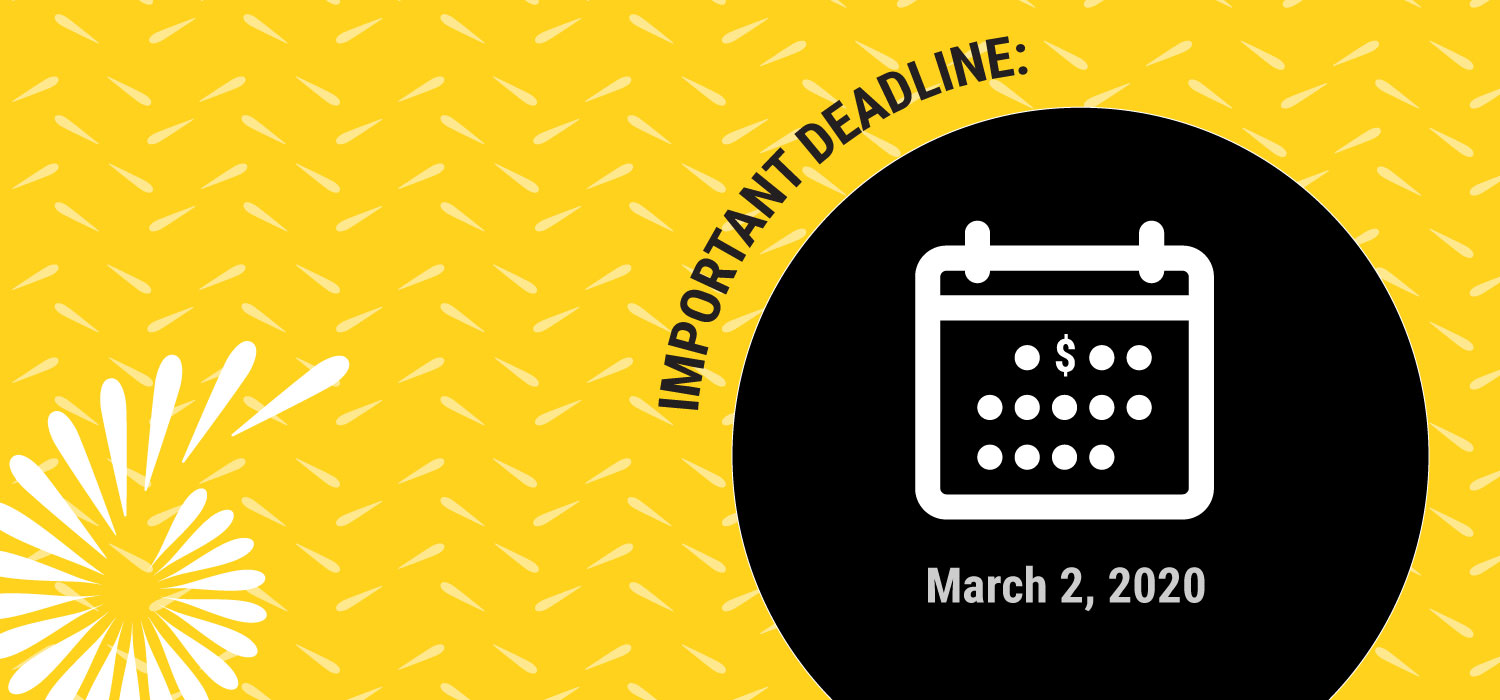Consider an RRSP before buying investments in your private corporation
If you own a private corporation that generates more cash than you need to operate your business, and more than you need to fund your living expenses, this investment strategy may be for you. Often, company owners will pay themselves less to ‘save on taxes’ and then invest the residual cash within their companies. That isn’t always the best strategy.
Below is an email I recently sent to one of our clients, who are in exactly this situation:
Good morning client X,
As the owner/operator of the company, you should consider paying yourself a salary sufficient to max out your annual RRSP contribution room ($151,278 – 2020), depending on the cash that is available in your company. The idea is to build the maximum RRSP room every year as this RRSP room can only be ‘built’ in that year. In other words, you’ll never get a chance to build that room again. Once you’ve paid yourself a salary sufficient to create maximum RRSP room, you can either:
- Contribute the maximum annually to your RRSP from those funds (which will reduce your effective tax rate compared to #2, but leave you with less cash personally – although it seems you don’t need it anyway*), or
- Draw additional funds over and above the $151K and contribute those with minimal (if any), additional tax impact.
2020 RRSP contribution room
2020’s RRSP contribution maximum is $27,230. Also, you may have accumulated and unused RRSP room from previous years. You can find out how much room you have available in your RRSP by logging into CRA My Account or by checking last year’s Notice of Assessment from the CRA. It is possible to move funds from your company into your RRSP with minimal tax impact to use up all of your RRSP room. This is because the income inclusion from your company (on drawing money to contribute) would be offset by the deduction you’d receive for the RRSP contribution. If you want to make large lump sums from your company into your RRSP, we should plan the timing of the contributions to maximize tax benefits.
*A note on note needing the additional funds – you can contribute excess cash to max out your TFSA contribution limits for investing as well – since you don’t need the cash anyway. You can find out how much room you have available in your TFSA by logging into CRA My Account
Advantages of using an RRSP before investing in your private company
- You can invest the same amount of funds outside your company, within your RRSP, in substantially the same manner that you would be able to within your company.
- RRSPs are protected from creditors – your company’s investments are not.
- Investing in your RRSP does not impact your company’s ability, at any point, to claim the small business deduction**. The new passive income rules reduce your available small business deduction once your company hits $50k in passive income at a rate of $5 of small business deduction for every $1 in passive income earned. Once you earn $150k in passive earnings inside a CCPC, your company is no longer eligible to claim any small business deduction, and so your company’s active business income will be taxed at 27% (AB – 2020) rather than 11%. This analysis is run on a year-by-year basis so it is possible to get the small business deduction back in a subsequent year if the assets are re-deployed to your active business or distributed from the business in some other way.
- If you accumulate too many passive assets in your private company, it can jeopardize your access to your Lifetime Capital Gains Exemption when you eventually sell the company.
Therefore, it may be worthwhile to do everything possible to channel ‘passive’ and excess funds to investments outside of your company.
** The Small Business Deduction currently allows Canadian Controlled Private Companies (CCPCs) to earn $500,000 in active business income at an 11% combined corporate tax rate (AB – 2020).
Disadvantages of investing in an RRSP rather than in your private company
- Funds contributed to an RRSP are no longer available for business use, and would be taxed at personal tax rates if you moved those funds back to the business in the future. Therefore, if you plan to eventually re-deploy those funds your business (i.e. for expansion, opening another location, buying equipment etc…), it may be advantageous to invest within the company and not in an RRSP.
- It is possible that your investments have appreciated, and when you sell them you will pay tax at ‘capital gains’ rates. If the same appreciation was drawn from an RRSP, it would be taxed at full ‘income’ rates. A couple of points on this: 1. You have to consider the time value of money, that is you likely won’t draw funds from your RRSP until some point in the future. Tax paid now, is more expensive than tax paid later, and that should be factored into your calculation. 2. The government could change the capital gains inclusion rate at any time, diminishing this benefit. Some expect that it will be increased as early as budget 2020.
- Drawing more funds from your company than you need may negatively impact access to the Canada Child Benefit and other benefits. Your family situation should be considered before you engage in any company purification strategies involving increasing your personal income.

